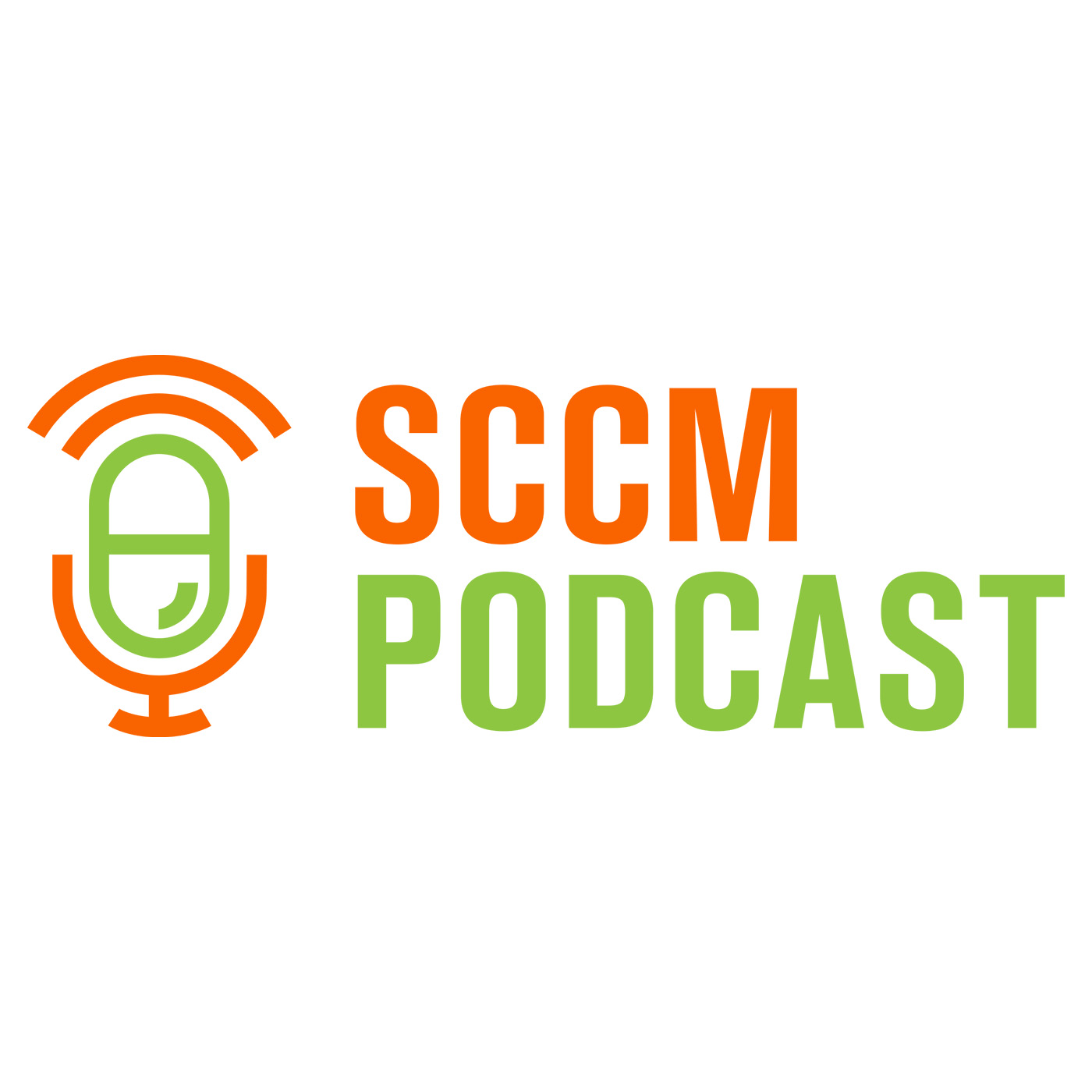
SCCM Pod-533 CCM: Updated Brain Death Guidance: What Critical Care Teams Need to Know

SCCM Podcast
Deep Dive
- Collaboration between multiple organizations (American Academy of Neurology, American Academy of Pediatrics, Child Neurology Society, and SCCM) to update brain death guidelines.
- Goal was to create guidelines applicable to both adults and children.
- Challenges included aligning the interests of different organizations but the shared mission facilitated agreement.
Shownotes Transcript
Host Diane C. McLaughlin, DNP, AGACNP-BC, CCRN, FCCM, welcomes Matthew Kirschen, MD, PhD, FAAN, FNCS, to discuss what critical care professionals need to know about determining brain death/death by neurologic criteria (BD/DNC).
In October 2023, a revised consensus practice guideline for the determination of brain death in both children and adults was published in Neurology (Greer DM, et al. Neurology. 2023;101;1112-1132)). The guideline integrated guidance for adults and children to provide a comprehensive, practical way to evaluate patients with catastrophic brain injuries to determine whether they meet the criteria for brain death.
The Society of Critical Care Medicine (SCCM) offers several additional resources to support critical care clinicians’ understanding of the updated guidelines, including an article published in the March 2024 issue of Critical Care Medicine addressing what the critical care team needs to know about the guidelines (Kirschen MP, et al. Crit Care Med. 2024;52:376-386)). Dr. Kirchen was the lead author of that article and shares key points in this podcast episode.
Other resources include:
Pediatric and Adult Brain Death/Death by Neurologic Criteria Consensus Practice Guidelines) 2024 Critical Care Congress presentation
Free AAN evaluation tool) that walks clinicians through the process of brain death evaluation.
Special article in Neurology: Clinical Practice that provides a detailed narrative about what has changed in the 2023 guidelines compared to prior guidelines). The article also includes tables outlining comparisons, bolding new recommendations, and italicizing age-specific guidance to easily identify the differences between determining brain death in children versus adults.